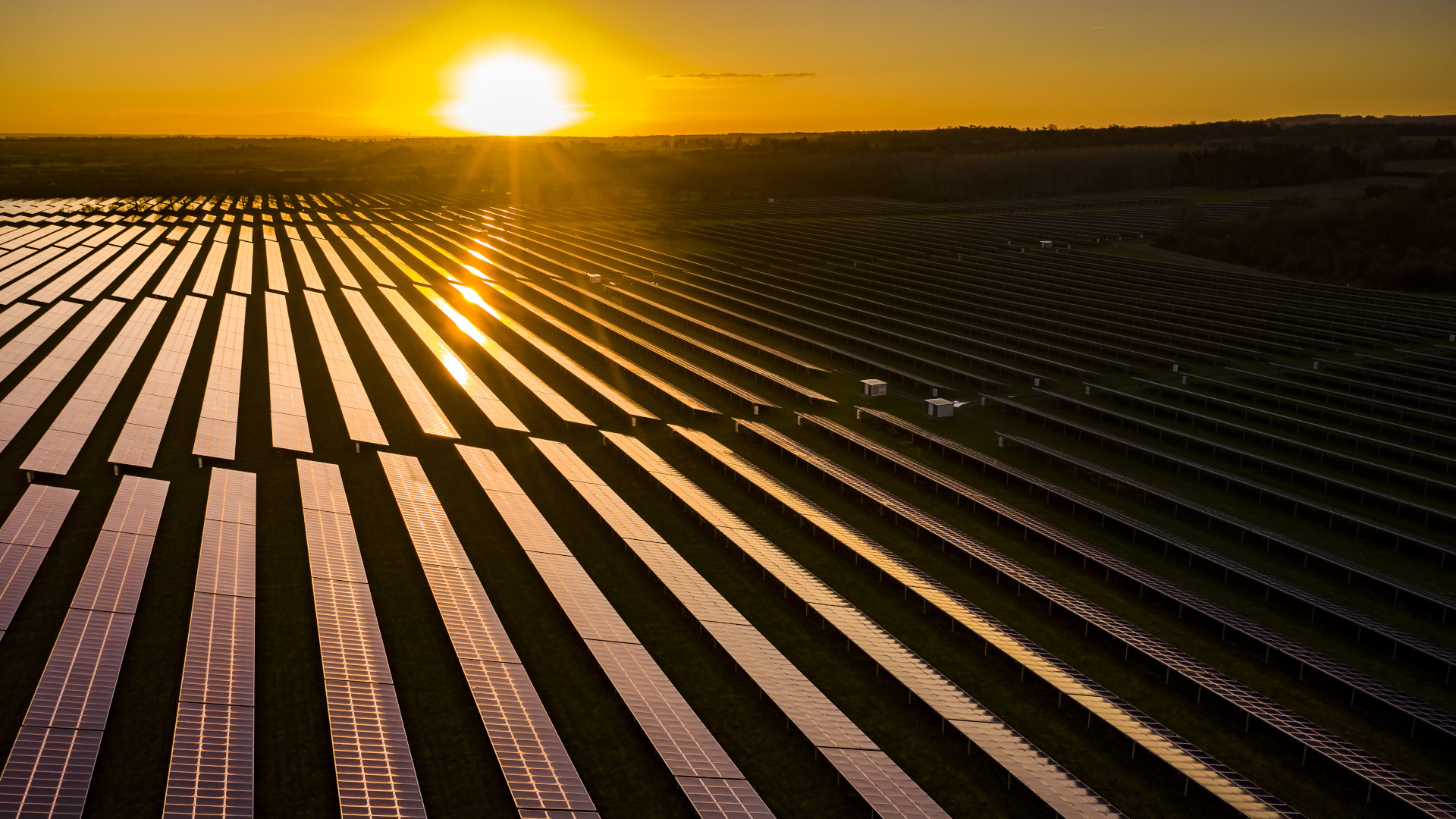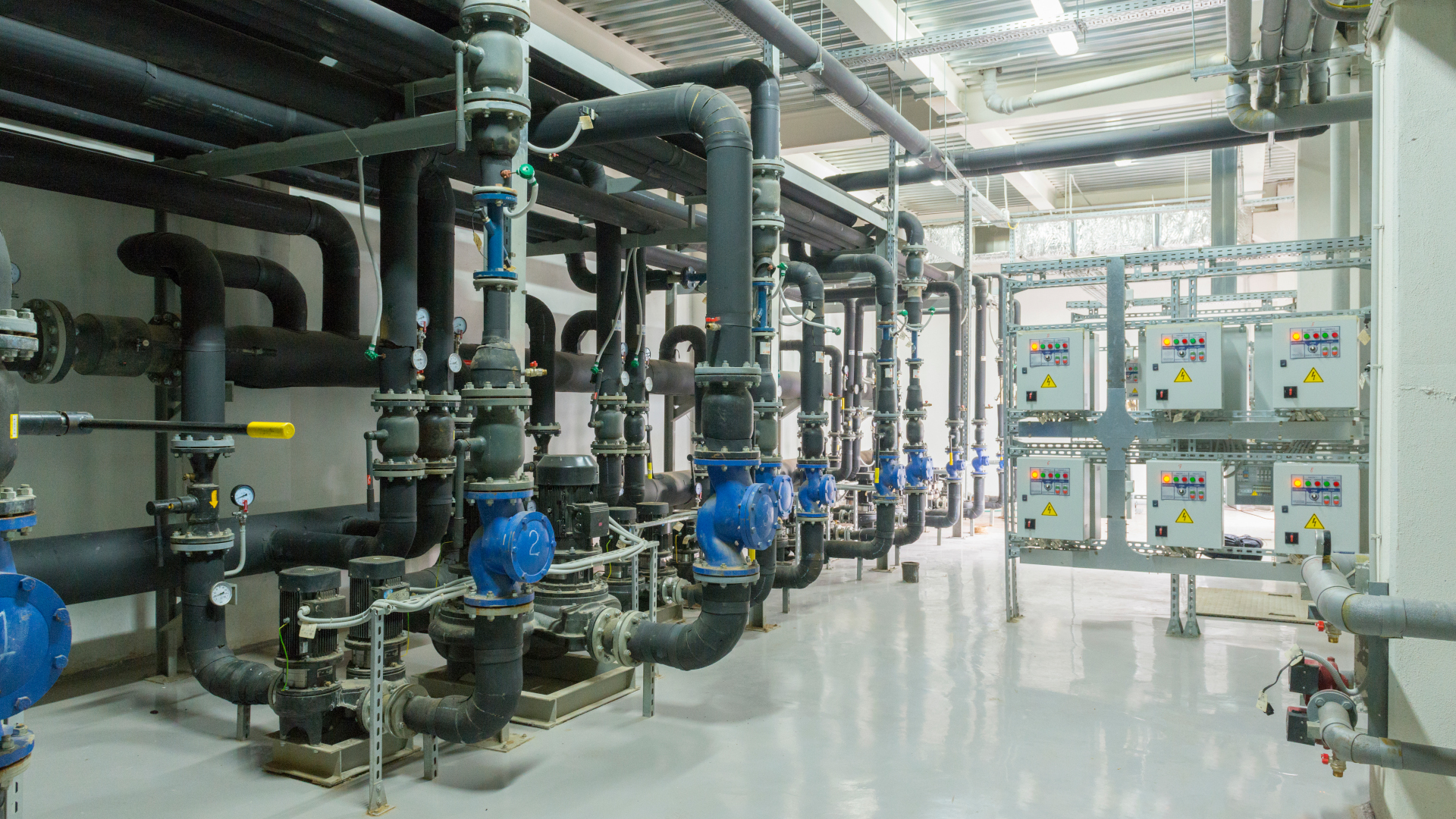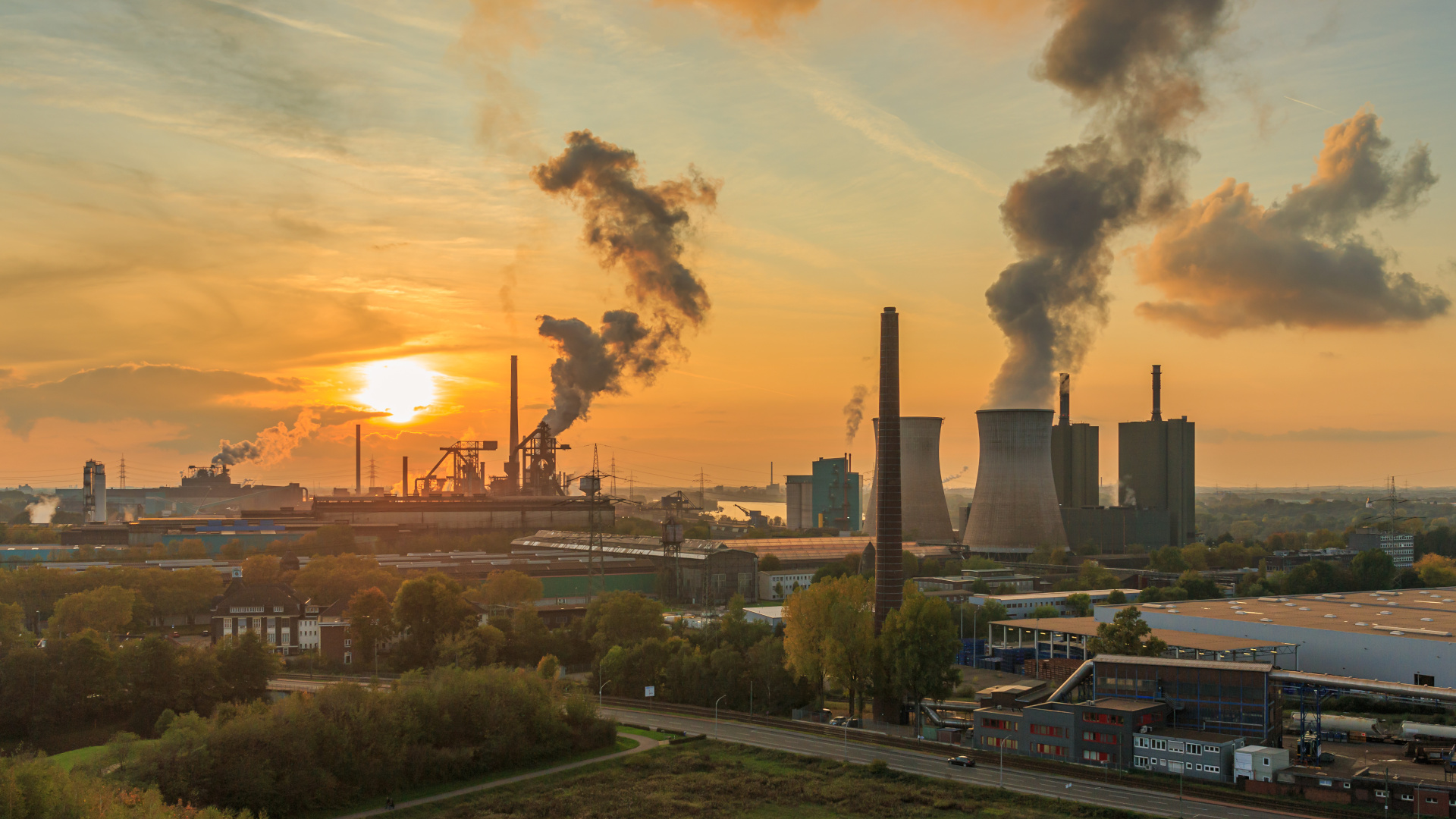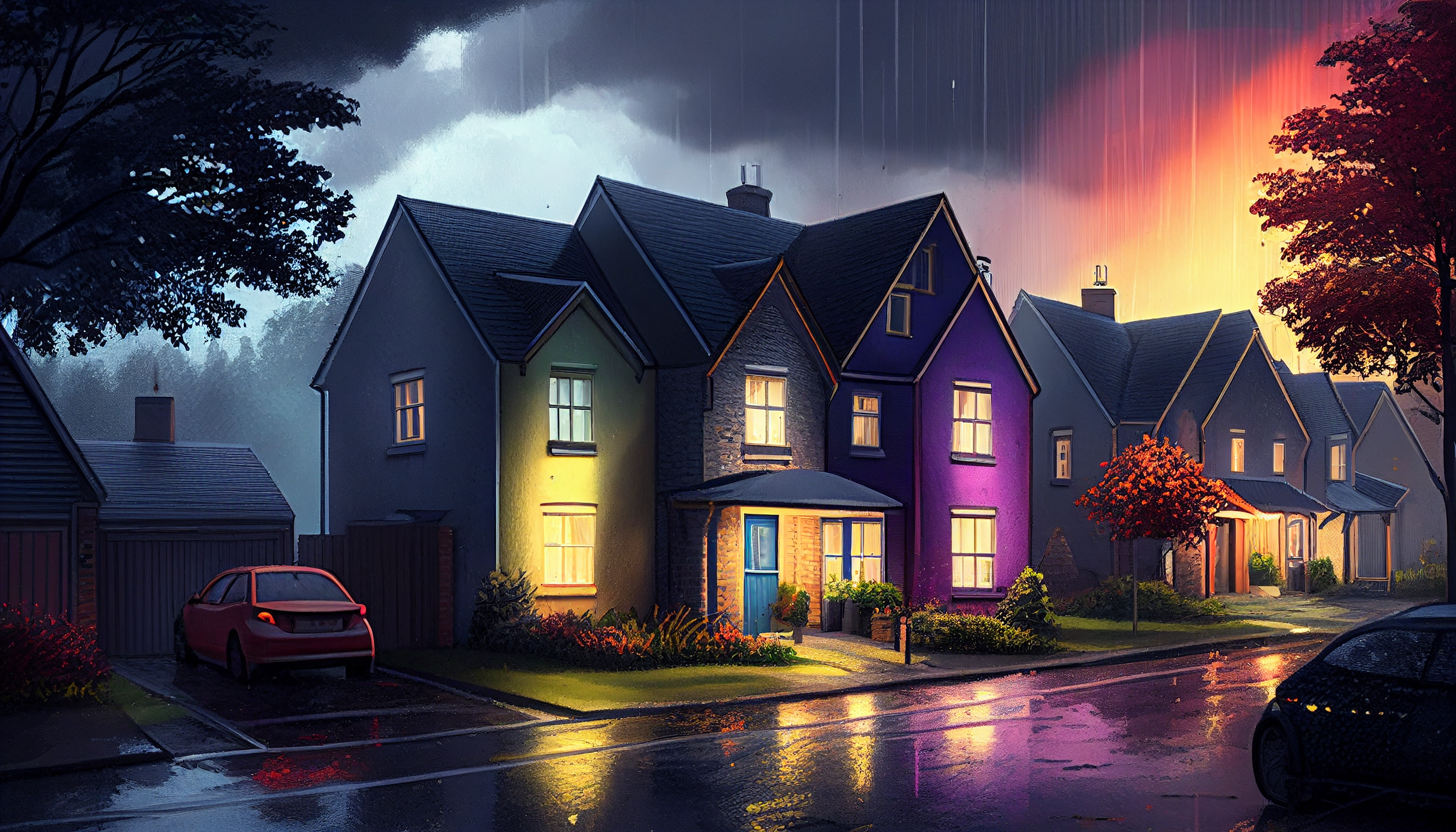With the increasing penetration of new renewable technologies (generation, heat pumps & electric vehicles) within housing estates it is worth noting that not all estates are created equally. In fact many modern housing estates with have their electrical network built and controlled by an Independent Distribution Network Operator (IDNO). IDNOs build electrical networks to different requirements to traditional Distribution Network Operators (DNOs). This has a major impact on what additional technologies a housing estate can cope with.
In some areas ≥50% of new connections to the electricity distribution system are being undertaken by IDNOs. The majority of these works take the form of new housing developments, ranging from 25 to >450 dwellings. The design of the IDNO network is typically based on a diversified load (ADMD) of 1.2-2kW per dwelling for a typical non-electrically heated dwelling.
To reduce the costs of installing a new IDNO network, the transformer size within a substation is based on the maximum capacity of the site (ADMD x no. of Dwellings), with each feeder designed using the smallest usable cable size for this load. This differs significantly from the methodology used by DNOs. DNOs must consider losses (wasted electricity) when designing their substations, often installing larger transformers to reduce losses whilst also facilitating future development of the network. Secondly, DNOs will install large cables from the substations and only install smaller size cables into cul-de-sacs, which, by their nature, will be lightly loaded with no possibility of additional buildings being constructed.
The problem of the IDNO design is that there is very little capacity within the local network for the addition of multiple installations of embedded generation, heat pumps or multiple EV chargers.
In conclusion, it may well be the case that older estates will be able to handled the increased penetration of new technologies far more effectively and cheaply than a new build estate, where significant reinforcement work may be required for a very small number of dwellings whose energy profiles change. In short, new build estates are not designed to allow renewable energy systems on houses.






